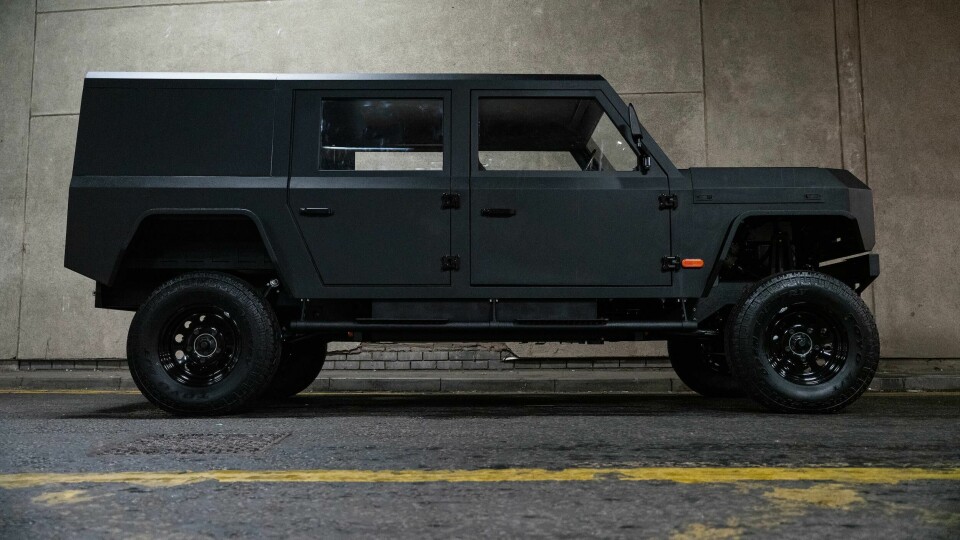
Designer interview: Ross Compton, head of design, Munro Vehicles
Car Design News caught up with Ross Compton, head of design at Scottish start-up Munro Vehicles ahead of the launch of its rugged new 4x4 EV
Scottish start-up Munro Vehicles is bringing a new utilitarian 4x4 EV to the market with 50 units set to be produced at its East Kilbride site in 2023. For the UK market the Munro MK_1 is aimed at the agriculture industry whilst the company is also targeting the North American market, focusing on utility companies, oil field operators, farmers, forestry businesses and mining firms.
Car Design News spoke to Munro’s Head of Design, Ross Compton, about how the MK_1 has been designed to suit this utilitarian demographic. Compton was the former exterior designer at Bollinger Motors and previously worked at Atlis Motor Vehicles as the lead vehicle designer.
Car Design News: What were your key goals for the MK_1?
Ross Compton: To create a true, no-nonsense work vehicle. We wanted to design a vehicle that can be seen as a piece of machinery, something that can be dependable and something that can tackle any challenge you may come across out in the wilderness, in the mines or on site.
My main priority was to create a design that was instantly recognisable. After all, Munro is a new brand so it needed an image to define it. You should be able to tell what Munro stands for just by looking at the MK_1. I wanted to strip back unnecessary details and only have elements that serve purpose.
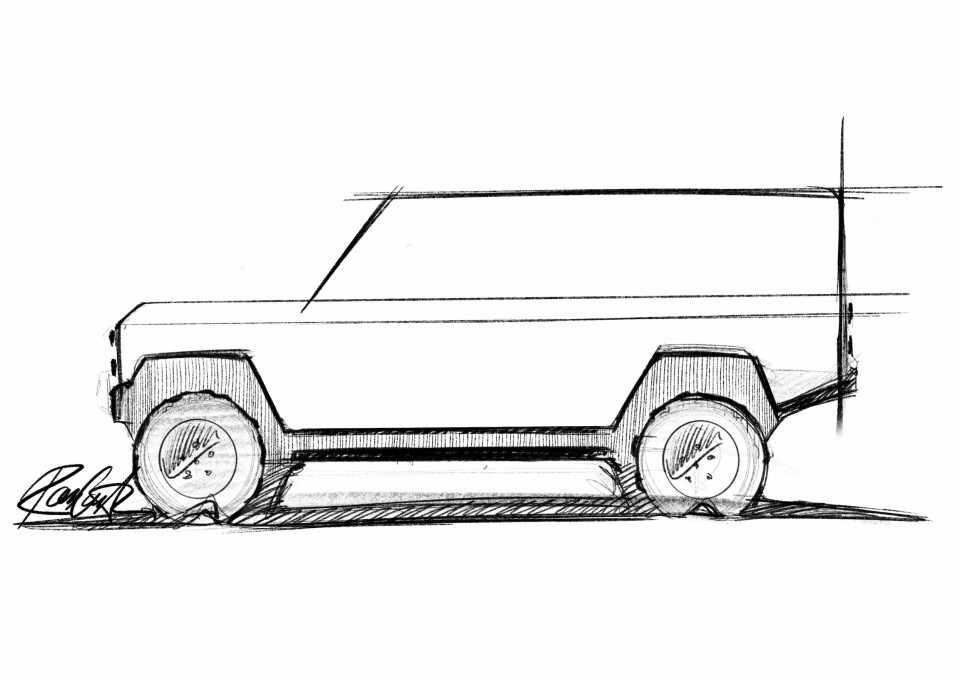
Above everything the MK_1 must be incredibly capable, so I wanted to take this and use it as inspiration for the exterior design. This inspired the strong shoulder line, distinct front end and classic proportions. The truck isn’t trying to be something it’s not. I didn’t want to design something with the idea of making it ‘cool’ – I wanted to provide a base that, when combined with its off-road power and performance, would earn it the title from others.
I think there is a common misconception within the design community, or perhaps even the wider markets, that if you create a no nonsense, boxy truck, you’re just creating a new Defender
CDN: How does design feed into Munro’s brand development as well as the product itself?
RC: By starting with a clear image of what/who Munro is for, we created a defined brand aesthetic around that. The environment and situations the MK_1 will find itself in has really helped to inspire the vehicle design direction as well as branding. The Munro brand needs to resemble an image that’s strong, agile and with no hyperbole. This led to the development of bold and punchy graphics, strong purposeful exterior design and a user-friendly, practical interior design.
CDN: And how is this impacted by your target demographic?
RC: Ultimately, we are creating the MK_1 for them – so it needs to be above all else, fit for purpose. It needs to blend the engineering and performance abilities with style and clever packaging. It’s no good designing for everyone and every situation, because then you create a product that doesn’t really do anything well – it’s too thinly spread.
By digging down to the core needs of our future users, we can build and design a truck from there – always addressing their concerns, without worrying about the wider market. The truth is, if something is built to withstand cruel environments with relentless weather conditions, it’s probably not going to be the most suitable vehicle for the school run, and that’s OK.
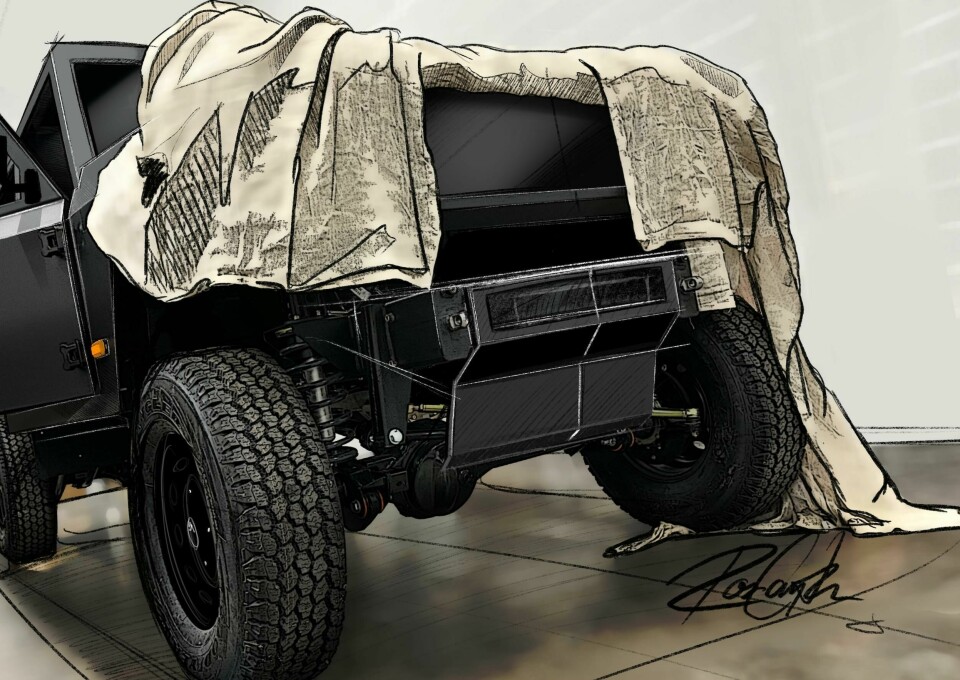
CDN: How does the Land Rover Defender influence the design of the MK_1?
RC: It doesn’t. I think there is a common misconception within the design community, or perhaps even the wider markets, that if you create a no nonsense, boxy truck, you’re just creating a new Defender. It’s almost unavoidable to compare us to the Defender because it’s one of the only vehicles out there that was originally designed around the same values – simple, effective, dependable, tough. But from a design aspect, this isn’t the case.
We set out with parameters and requirements and designed around those hard points. Because it needs great approach and departure angles, the front and rear overhangs must be reduced. Because it needs great wheel travel, the wheel arches must be larger. Because it needs to be easily maintained, the body panels must be simple to create and cheap to repair or replace. All of these elements already begin to define your overall shape, so you then work within that to give you the character that you want. I think that’s something I’m proud of – we have given the MK_1 an unmistakable look.
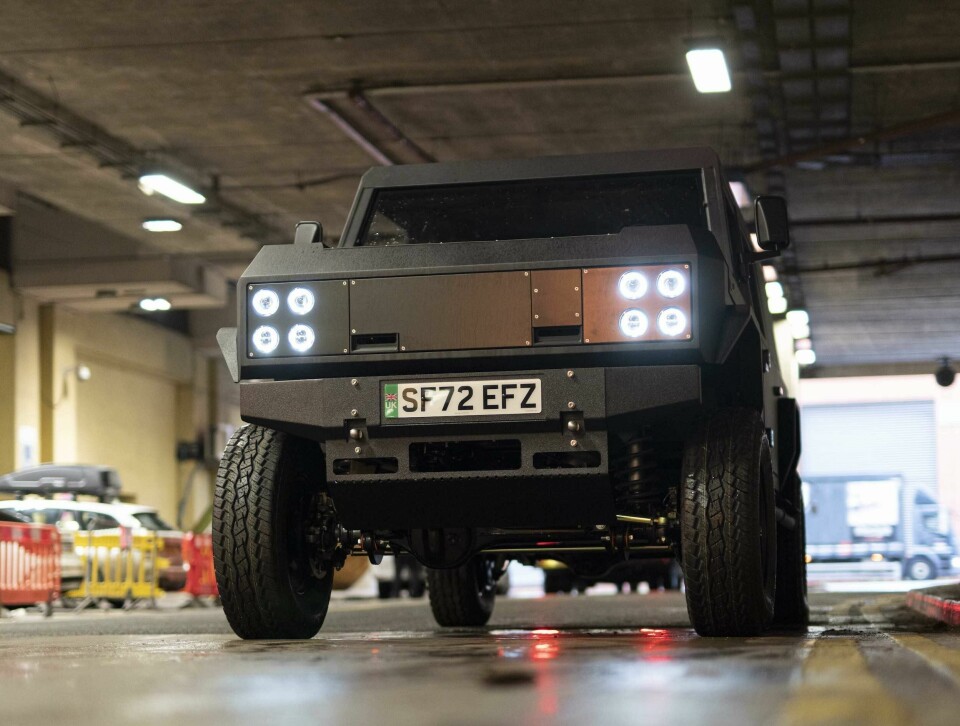
CDN: Walk us through the interior design process, what decisions were made and why?
RC: Firstly we looked at the target demographic. Researched how they use vehicles and what worlds they operate in. For example, we know that within agriculture, you could spend hours and hours in the vehicle, eating lunch/dinner in it and using it as a place to relax as well as work in – it becomes more of a work-mate. This gives you a few values to keep in mind while designing – ease of use, cleanability, comfort and space.
So this then led to decisions like ‘what materials are hard-wearing, waterproof and comfortable?’ ‘where is the best space to have access to storage in the front?’ ‘How much extra storage space can we create by moving componentry?’. After this we developed sketches to address these needs and whittle them down until we found a solution that satisfied the brief.
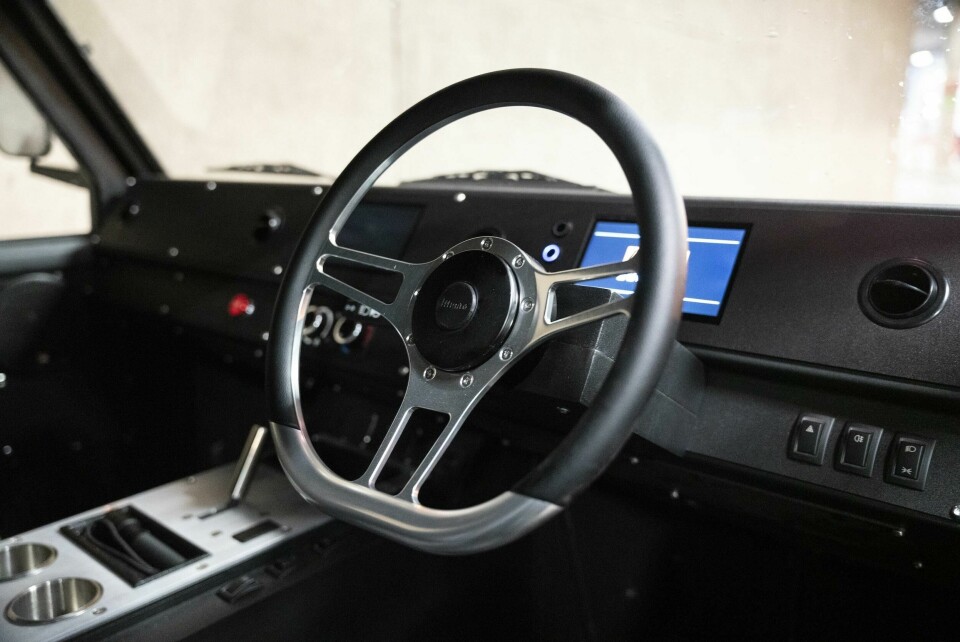
One big decision influenced by industry was to use a universally recognised switchgear. We wanted you to be able to jump from something like a tractor into the MK_1 and nothing is new to you – you already know how to operate the switches. By using these switches we can also guarantee durability as they have been tested over many years within the harshest conditions.
I like to try to marry the two themes: simple and attractive styling with slightly daring and unique design
CDN: What were your priorities for the interior design?
RC: The main priority was to keep it simple. I wanted to create a purposeful interior with a simple design aesthetic. Working within strict boundaries often inspires good, clever design and I like to think the MK_1 has benefitted from it. By prioritising space and ease of use we have been able to assemble a cabin that is a nice environment to work and relax in. Simple lighting touches and clever material finishes ensure the cabin has a warm feel while still providing a great deal of durability. Equally, power outlets mean that the truck can be used as a power bank – powering laptops, tools, anything.
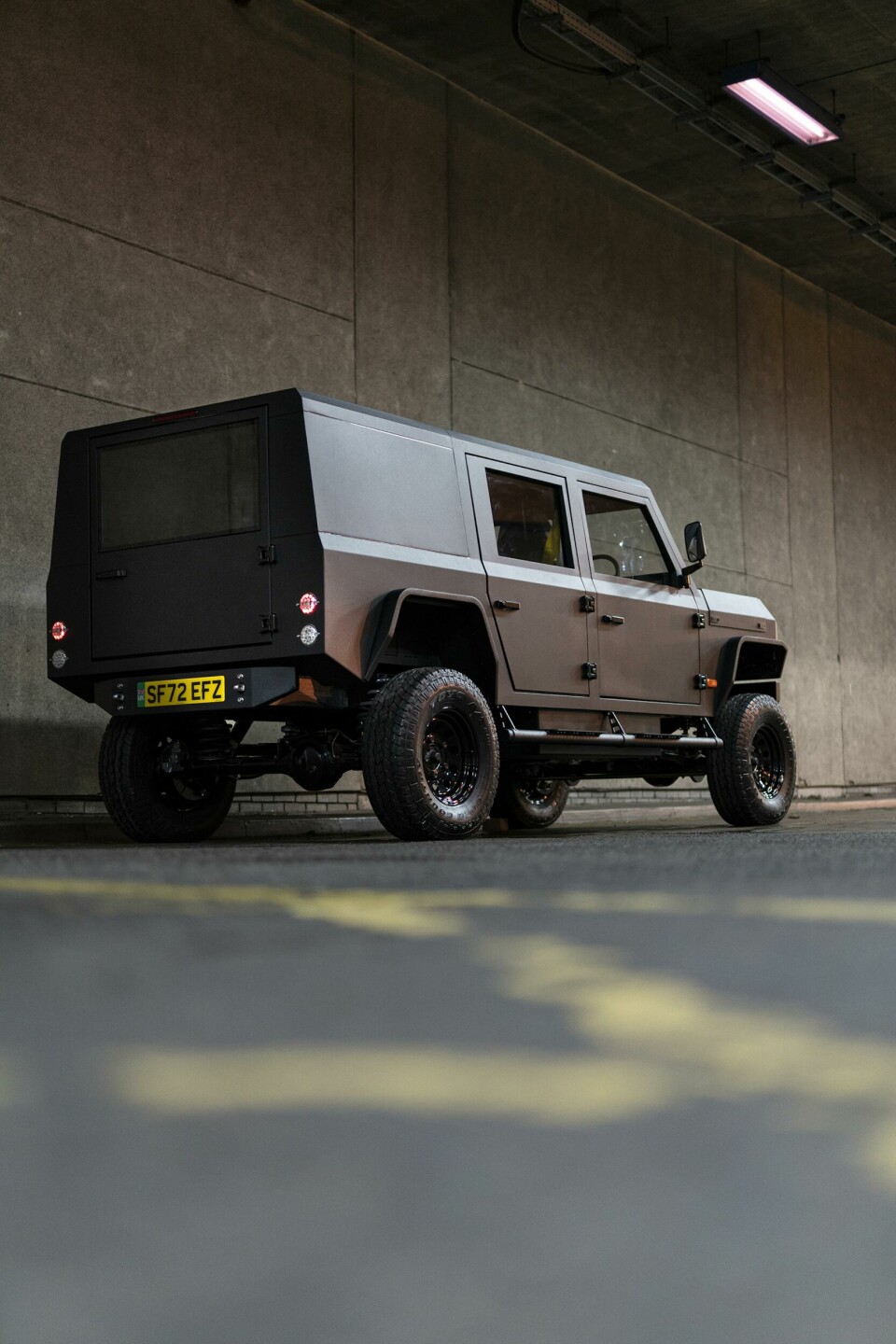
CDN: Who/what is your design inspiration?
I am a massive fan of 60s-70s car design. The organic shapes from Europe, the American muscle cars and everything in between. I think this era was great for design because there was no one ‘design idea’ that defined it. Everyone was searching for unique looks to make their vehicles stand out and as a result we were treated to some truly weird and wonderful examples.
I also love brutalist designs that challenge conceptual thinking. Designers like Joey Ruiter, who take ideas and strip them down to a very minimal striking form. I think this design language is so refreshing as it’s easy to become a little overwhelmed with some of the concepts out today. As a result, I like to try to marry the two themes: simple and attractive styling with slightly daring and unique design.



